PPT-Item Analysis: A Crash Course
Author : myesha-ticknor | Published Date : 2015-11-16
Lou Ann Cooper PhD Master Educator Fellowship Program January 10 2008 Validity Validity refers to the appropriateness meaningfulness and usefulness of the specific
Presentation Embed Code
Download Presentation
Download Presentation The PPT/PDF document "Item Analysis: A Crash Course" is the property of its rightful owner. Permission is granted to download and print the materials on this website for personal, non-commercial use only, and to display it on your personal computer provided you do not modify the materials and that you retain all copyright notices contained in the materials. By downloading content from our website, you accept the terms of this agreement.
Item Analysis: A Crash Course: Transcript
Download Rules Of Document
"Item Analysis: A Crash Course"The content belongs to its owner. You may download and print it for personal use, without modification, and keep all copyright notices. By downloading, you agree to these terms.
Related Documents

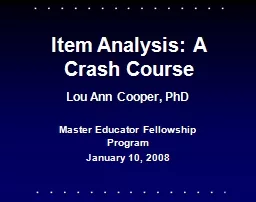
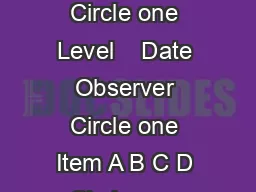



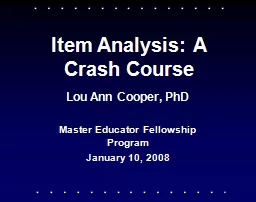
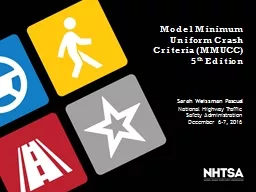
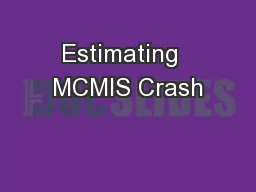

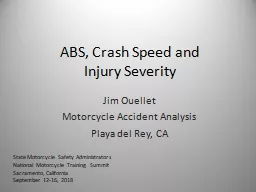


![[READ]-Fortran Crash Course + Hacking + Android Crash Course + Python Crash Course + XML](https://thumbs.docslides.com/972403/read-fortran-crash-course-hacking-android-crash-course-python-crash-course-xml-crash-course-hacking-xml-python-android-book-2.jpg)
